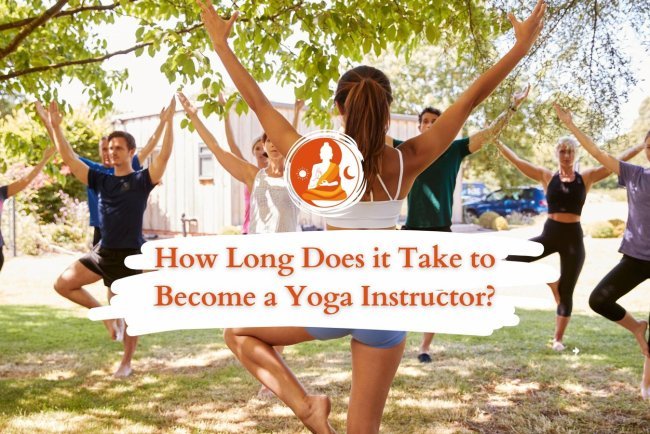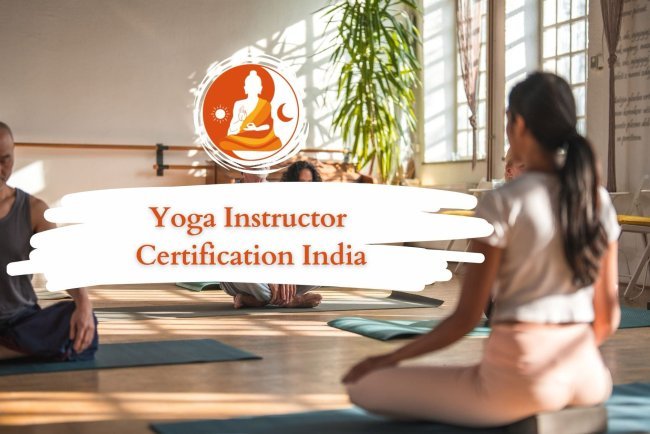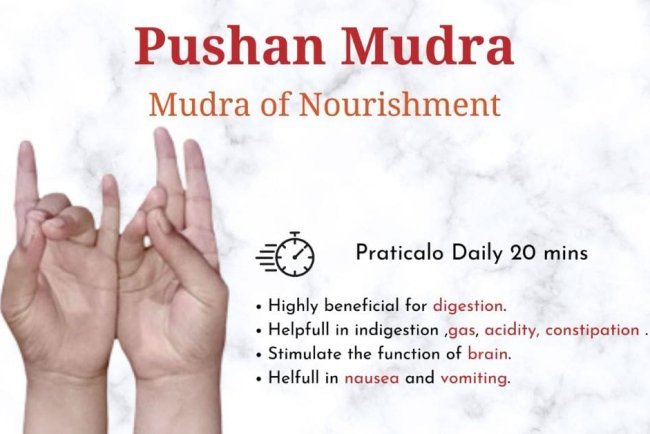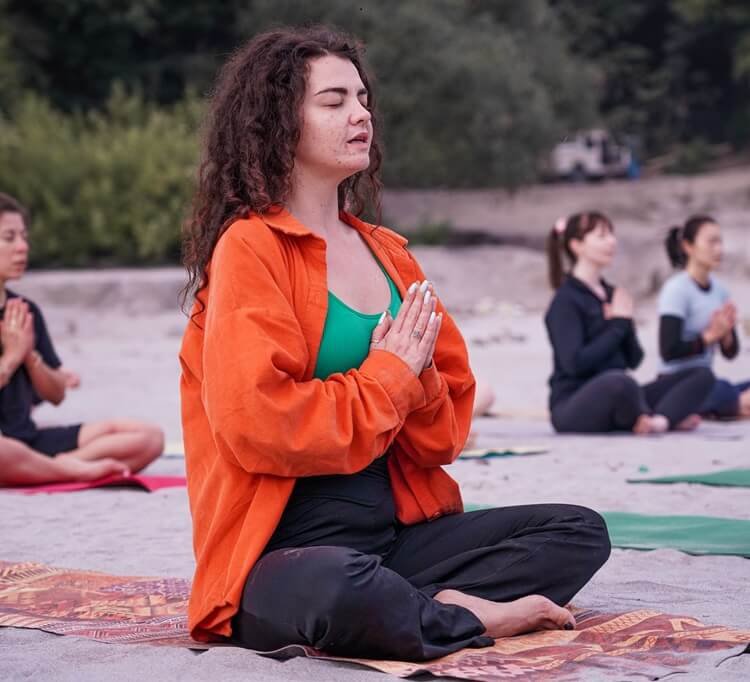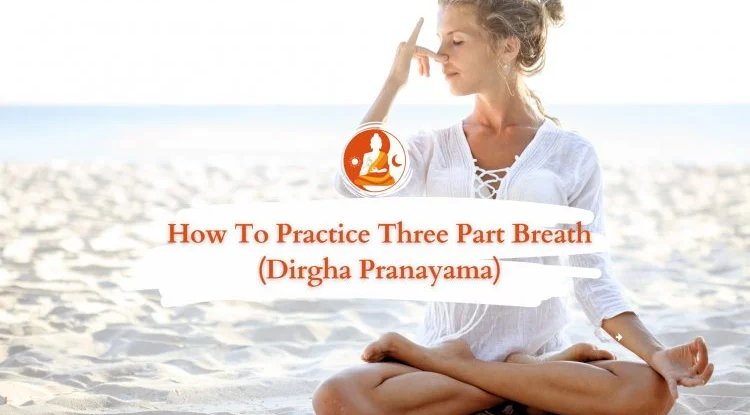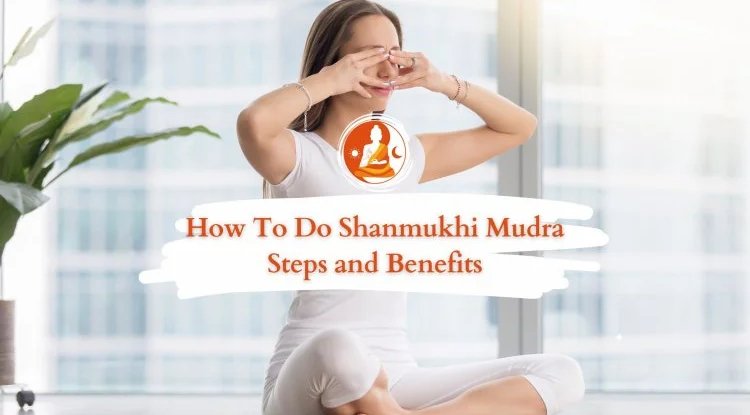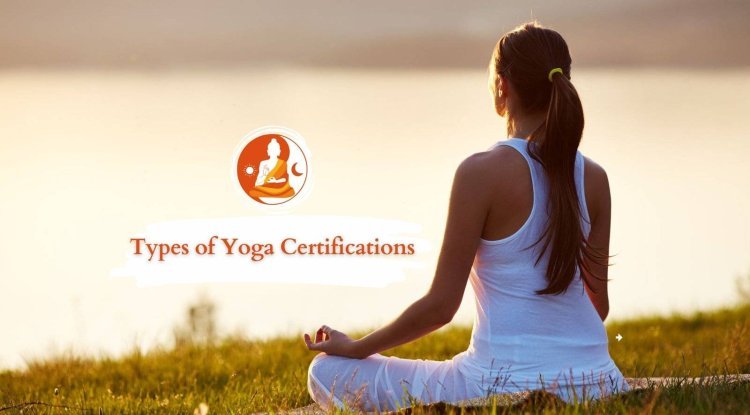How to Sequence a Hatha Yoga Class?

Hatha yoga is a fundamental style of yoga that emphasizes the practice of physical postures and breath control. While the term "hatha" might seem esoteric to some, the style itself is well-established and popularly practiced. An expertly sequenced Hatha yoga class can yield immense benefits, from flexibility and strength to balance and clarity of mind. Here, learn the secrets of how to sequence a hatha yoga class exploring key considerations and effective techniques.
Before one delves into sequencing, he or she should understand the underpinnings of hatha yoga. In fact, perfect alignment in any asana will safeguard one from injuries and maximize benefits. The alignment of the spine, hips, shoulders, and knees should be informed by the principles of drishti and bandha.
The breathing integrates into movement. Deep rhythmic breathing increases flexibility, releases the body, and calms the mind. Techniques are "ujjayi" (victory breath) and "nadi shodhanam" (alternate nostril breathing), which allow the regulation of the flow of prana within the sequence.
The Art of Sequencing: Step-by-Step Guide
In the realm of hatha yoga, the sequence of poses plays a crucial role in creating a harmonious and effective practice. By understanding the principles of hatha yoga sequence, practitioners can tailor their sessions to achieve specific goals, such as increased flexibility, strength, or relaxation.
- Warm-up: This starts the class, by preparing the body with gentle warm-up postures to be followed by more challenging postures. It should include sun salutations, cat-cow, and downward-facing dog. This is done in order to increase blood flow, awake the muscles, and gradually elevate the heart rate.
- Standing Poses: Introduce standing poses such as warrior I, warrior II, triangle, and tree. These strengthen your legs, improve balance, and enhance core stability. Practice proper alignment and feel for the engagement of the core muscle.
- Cross-Legged Postures: Gradually come into cross-legged seated postures such as Sukhasana, Ardh Padmasana, and Paschimottanasana. These asanas of hatha yoga will stretch hamstrings and hips, thus bringing some inward focus to the student to be aware of his breathing.
- Backbends: Use cobra pose (bhujangasana), bridge pose (setu bandhasana), and camel pose (ustrasana). Backbends can increase flexibility as well as open up the chest and charge up the entire body, though they should be approached with care as well as proper alignment.
- Inversions: In case the students feel safe, give them inversions like downward-facing dog, headstand (shirshasana), or shoulder stand (sarvangasana). This can bring blood circulation, stimulate the nervous system, and reduce stress levels. It is absolutely essential to be observant when teaching any inversion.
- Cooling Down and Relaxation: Cool down the class with the use of gentle stretches, deep breathing, and relaxation techniques with an emphasis on savasana or corpse pose. That's when the body and mind settle into quiet reflection, assimilating everything that was achieved in the practice.
Key Factors for Effective Sequencing
When crafting a hatha yoga sequence, whether it's for a yoga practice, a presentation, or a project, several key factors contribute to its effectiveness:
- Student Level: Sequence to the level of experience and fitness level of the students. Where beginners would need a lower-level posing sequence and more modification, advanced students can see further variations of the poses for a challenge.
- Theme or Focus: Consider a theme or focus for the class as an idea of flexibility, strength, or stress relief. This might create a more cohesive and intentional practice.
- Therapeutic Needs: Change the routine based on students' different injuries or health problems. Follow the professional advice of a qualified yoga teacher or medical professional.
- Energy Flow: Pay attention to the flow of energy in the class. An energizing class should begin with an activation of energizing postures and advance to calming postures as the class becomes more intense.
- Props: Use props, such as blocks, straps, and blankets, to aid the students and make the pose accessible to all levels of practice.
- Transition Poses: Use transition poses, such as child's pose (balasana) or cat-cow, to move between sets of postures.
- Balancing Poses: Add balancing postures, such as eagle pose (garudasana) or half moon pose (ardha chandrasana), to challenge the body and mind.
- Pranayama: Incorporate pranayama practices throughout class to build on the effects of the poses as well as connect your students more deeply to their breath.
These practices combined with adapting the sequence to fit the needs of your students can help to create an enjoyable and transformative Hatha yoga class. Remember the aim is how to teach a yoga class to create a harmonious balance of strength, flexibility, and mental clarity.
FAQs About Sequencing Hatha Yoga Classes
A: The appropriate hatha yoga sequence in a class can even augment the actual effectiveness of the practice: warming up the body so the energy flows smoothly with few, if any, injurious moments, and gradually increasing the intensity of the postures building to a more calming cool down.
A: When planning on how to sequence a hatha yoga class, one must consider many of the following key concepts. One must consider that the warm-up at the beginning of the class will allow the body to complete more difficult poses later in class. The second key concept is to create intensity because students become stronger and more flexible with time. Third, balance the postures to balance different parts of the body and allow general balance. Lastly, deep breathing throughout the class enhances relaxation and attentiveness.
A. The experience and fitness levels of the participants must be taken into account to make a hatha yoga sequence suitable for several different student levels. Beginners should be exposed to more basic poses and modifications of them, proper alignment, and control over breath. As they progress towards more intermediate levels, introduce more demanding poses and variations of those while keeping the right forms in mind. In the case of advanced practitioners, advanced postures and digging deeper into complicated sequences will be appropriate.
A: There are so many common sequencing mistakes that should be avoided. One of them is to take too many advanced poses at once. One can get into so much danger of injuries. Another mistake is showing negligence toward proper alignment, wherein the benefits of the poses are reduced. Breathing is not incorporated, which makes it impossible to relax and concentrate.
A. Props such as blocks, straps, and blankets can make various postures accessible to any degree of practitioner and support in avoiding injury. They frequently provide support and modification with respect to alignment for the less flexible or strong student. For example, one uses a block to assist in a forward fold with hips remaining seated-in or stretches with a strap to participate in a hamstring stretch.
A. Also, it is important to be clear on proper alignment and modifications for the safety of your students, provide personal attention when needed, and also make sure they are listening to their body and not overdoing things. Also, you can make the students comfortable and safe during the practice by giving them a positive and supportive environment.
A. Pranayama or breathing exercises can complement a class in Hatha yoga. Some of the most effective pranayama include alternate nostril breathing (nadi shodhanam), Ujjayi breath, and Kapalabhati breathing. These can be used to help balance the flow of energy in the body; calm the mind; and energize the body.
What's Your Reaction?







